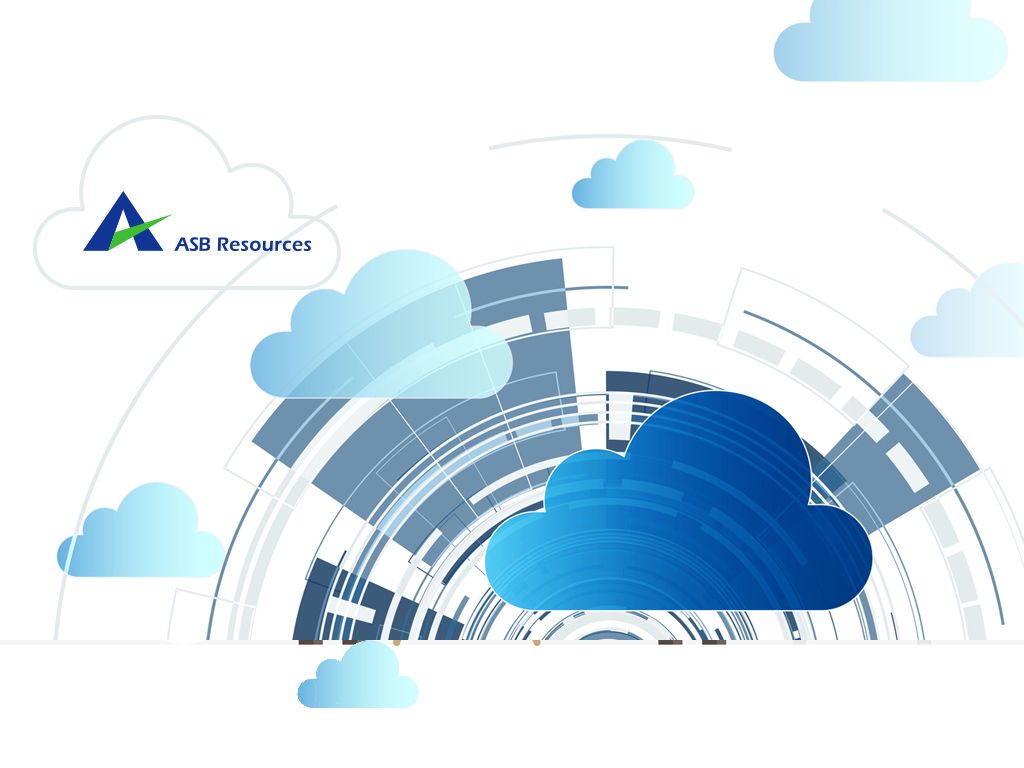
Is Multi-cloud The Right Solution For Your Business?
Multi-cloud is a cloud computing deployment model that involves using the services of multiple cloud computing vendors, be they private or public (e.g. AWS, Azure, Google), managed under one platform.
For example, an enterprise could start out with one public cloud provider that meets the security and network performance requirements to host its app. Then eventually, customers start asking for features that are only available through a different vendor so it hosts the app in that vendor’s public cloud too. At that point, the organization is said to be using a multi-cloud computing approach.
Multi-cloud computing is especially beneficial for companies that consist of many divisions that perform different tasks and require various cloud services. For example, an enterprise can prefer using Google Cloud Platform for machine learning and Amazon Web Services (AWS) for computing capacity.
Studies show that multi-cloud computing is growing more and more popular. Recent Microsoft research revealed that nearly a third of enterprises work with four or more cloud vendors. Furthermore, according to RightScale’s 2018 State of the Cloud Report, more than 80 percent of enterprises have already adopted multi-cloud by combining a hybrid cloud model with several private and public clouds.
The difference between multi-cloud and hybrid cloud is a subtle one. With multi-cloud, one type of cloud computing deployment (public or private) is sourced from different vendors, for example having two public clouds or two private clouds. With hybrid cloud, both types of cloud computing deployment (public and private) are integrated using APIs, middleware, or containers to enable workload portability.
Advantages of Multi-Cloud
The multi-cloud strategy offers the following advantages:
1. Risk Mitigation
Every cloud provider suffers downtime at some point. Multi-cloud enables enterprises to hedge their bets against major IT disasters by not putting all of their eggs into one basket. Critical workloads and applications can be switched to a cloud that’s still up and running in case one vendor goes down.
2. Enables “A La Carte” Level of Choice
Different providers offer different features that meet distinct business requirements to varying levels of satisfaction. For example, an enterprise might choose a more expensive but more secure vendor for apps that handle sensitive personal data and a cheaper alternative for those with less sensitive data.
3. Encourages Innovation
Every cloud vendor has its strengths and weaknesses. Multi-cloud offers developers the opportunity to innovate without having to meet the limitations of one cloud vendor over another. Instead, it pushes them to discover the right set of providers and services that best fit the organization’s needs.
4. Prevents Vendor Lock-In
Vendor lock-in refers to when a company’s IT system gets too attached, and thus restricted, to a single cloud vendor’s infrastructure and services. Multi-cloud reduces dependency on a single vendor, which can be very risky given that if the vendor fails so does the company using the service.
5. Better Negotiating Power
This is closely related to the previous point. Competition is stiff in the cloud computing business. This means that a large enterprise with expansive IT needs and the budget for them ($1 million and more), can enjoy greater negotiating power by pitting several cloud vendors against each other for its IT business.
6. Lower Latency for Better UX
The less distance customer data has to travel, the faster the application responds to users’ actions. Each cloud vendor has regions across the world, but one may have a data center closer to your target market. Multi-cloud enables a company to find the best cloud region for its network performance and UX needs.
7. Easier To Fulfill Compliance Requirements
Different countries have different data privacy rules. One common regulation is that private data must not be stored abroad and yet not all cloud vendors have a data center in a specific country or region. Multi-cloud therefore makes it easy to remain compliant with various regulations such as ITAR or GDPR.
Disadvantages of Multi-cloud
However, the multi-cloud strategy presents the following challenges:
1. High Talent Requirement
Cloud professionals are in high demand. It can be challenging to recruit developers, engineers and security experts for a single cloud provider. Therefore, finding cloud professionals who can secure, manage and develop on multiple cloud platforms is an uphill task for most enterprises.
2. Tracking Costs Is Not Easy
Although multi-cloud offers the opportunity to cut costs, estimating and consolidating the savings made is often complex. It requires great cross-account cost reporting tools and a thorough understanding of how the enterprise is charged each time its data flows into and out of each vendor’s infrastructure.
3. Security Risks
The more clouds an app is deployed on, the larger an attack surface it has. This strategy requires a thorough consideration of encryption and IAM across multiple cloud vendors. The enterprise must also consider how it will detect, track and respond to security events across the multiple clouds it is using.
Is Your Enterprise Really Ready For Multi-Cloud Computing?
Many companies find themselves using the multi-cloud approach without specifically deciding to do so. This usually results from “shadow IT” whereby different departments or teams start using public clouds on their own accord until the organization’s IT division has no choice but to accommodate them.
Let the cloud specialists at ASB Resources help your company embrace and leverage multi-cloud as a conscious strategic decision. We have the expertise to help you optimize your costs, performance, and talent management for the best results possible. Schedule some time with one of our experts today!








